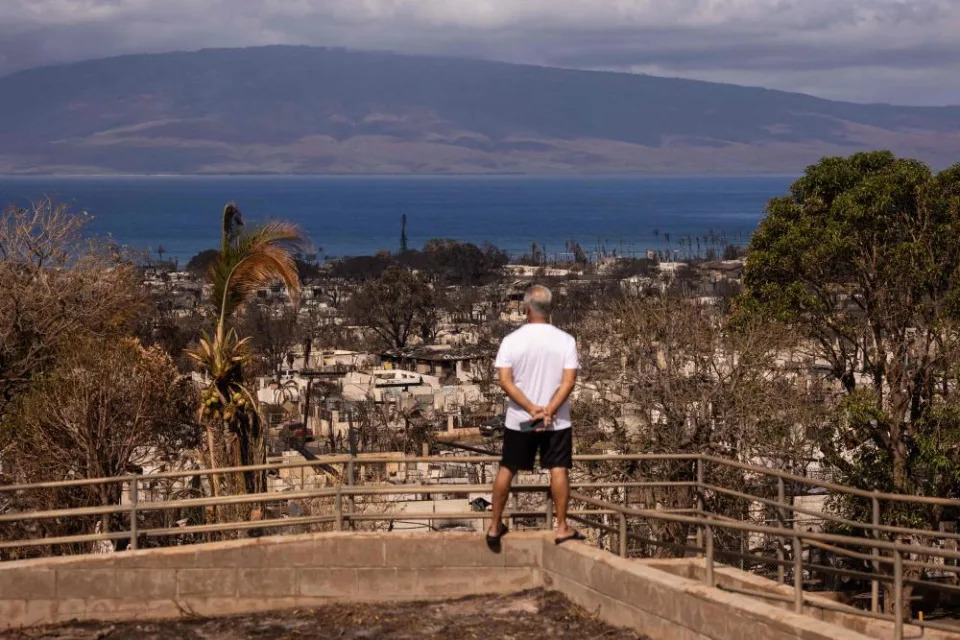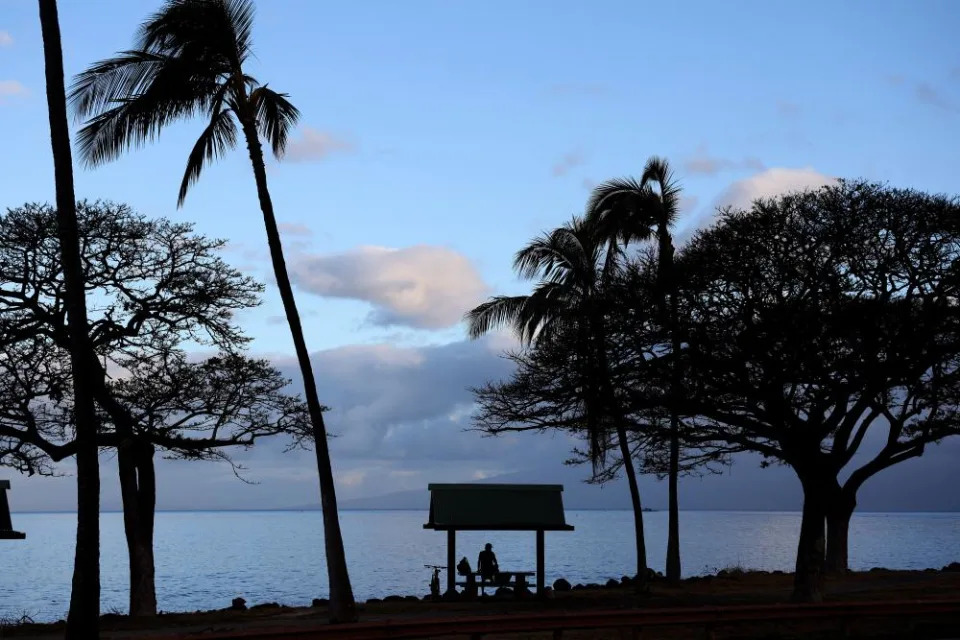Warm July breaks dozens of longstanding Australian temperature records
Josh Nicholas
Thu, 17 August 2023 at 1

Dozens of longstanding temperature records tumbled across Australia during a warm July.
Across the country maximum temperatures were overall about 1.2C above the long-term averages in July and all capital cities except Canberra were warmer than average, Bureau of Meteorology data shows.
Many weather stations in Sydney, Melbourne and Hobart clocked their highest July temperatures on record, including some dating back more than 140 years. Across the country it was the ninth warmest July for average temperatures, measured across day and night.
Related: Dry run: Australia’s ski season kicks off without snow and El Niño may be to blame
Experts say Australia’s warmer winter is not being directly caused by the heatwaves and weather systems in the northern hemisphere over the same period. But Australian winters – and temperatures across the globe – have been getting hotter because of global heating.
Dr Andrew King, a climate science lecturer at the University of Melbourne, said there had been “really high pressure” over most of Australia for most of the past month or two, which had warmed up the interior of the continent.
“When winds come from the interior of the continent we get quite warm days in places like Adelaide and Melbourne and Sydney.”
Sign up for Guardian Australia’s free morning and afternoon email newsletters for your daily news roundup
Related: Climate crisis: Australia must ready for ‘devastating’ regional disruption, MPs told
This has played out in the data: Adelaide and Sydney had temperatures that hit the mid-20s on some days, which King said was “unusual but not unprecedented”.
Individual weather stations show the extent of the warmer conditions historically.
Across greater Sydney, mean high temperatures for July were between 2C and 3C above long-term averages, while 10 stations in the region set record-high average daily temperatures for the month.
Sydney’s Observatory Hill, which has records stretching back to 1859, had its equal-warmest July on record, alongside 2018.
Hobart’s Ellerslie Road weather station has experienced temperatures consistently higher than average for much of the year. But in July the average high and low temperatures were about 3C above average, smashing records that have stood for 142 years.
Melbourne also had daily and monthly average temperature records broken at weather stations in the city centre, Moorabbin airport and Laverton airport, all of which had stood since the 1970s.
Differences in local geography and weather systems can influence some of these records. Tasmania is a smaller land mass and surrounded by water, so bigger temperature swings were expected, King said, as with cities situated near mountains or oceans.
But all of this is exacerbated by climate change. The BoM’s temperature anomaly data – which compares temperatures for a given month with the long-term average – shows the winter months of June, July and August have been increasingly warm.
“We’ve warmed Australia by almost one-and-a-half degrees Celsius due to our greenhouse gas emissions,” King said. “And so our winters are warmer, and we’ll continue to see it getting warmer.
“Our greenhouse gas emissions are still at record-high levels. We’re warming the planet at record speed and we’re warming Australia really quickly as well.
“The longer we continue and the faster we continue emitting greenhouse gases, the more warming we’ll see.”













